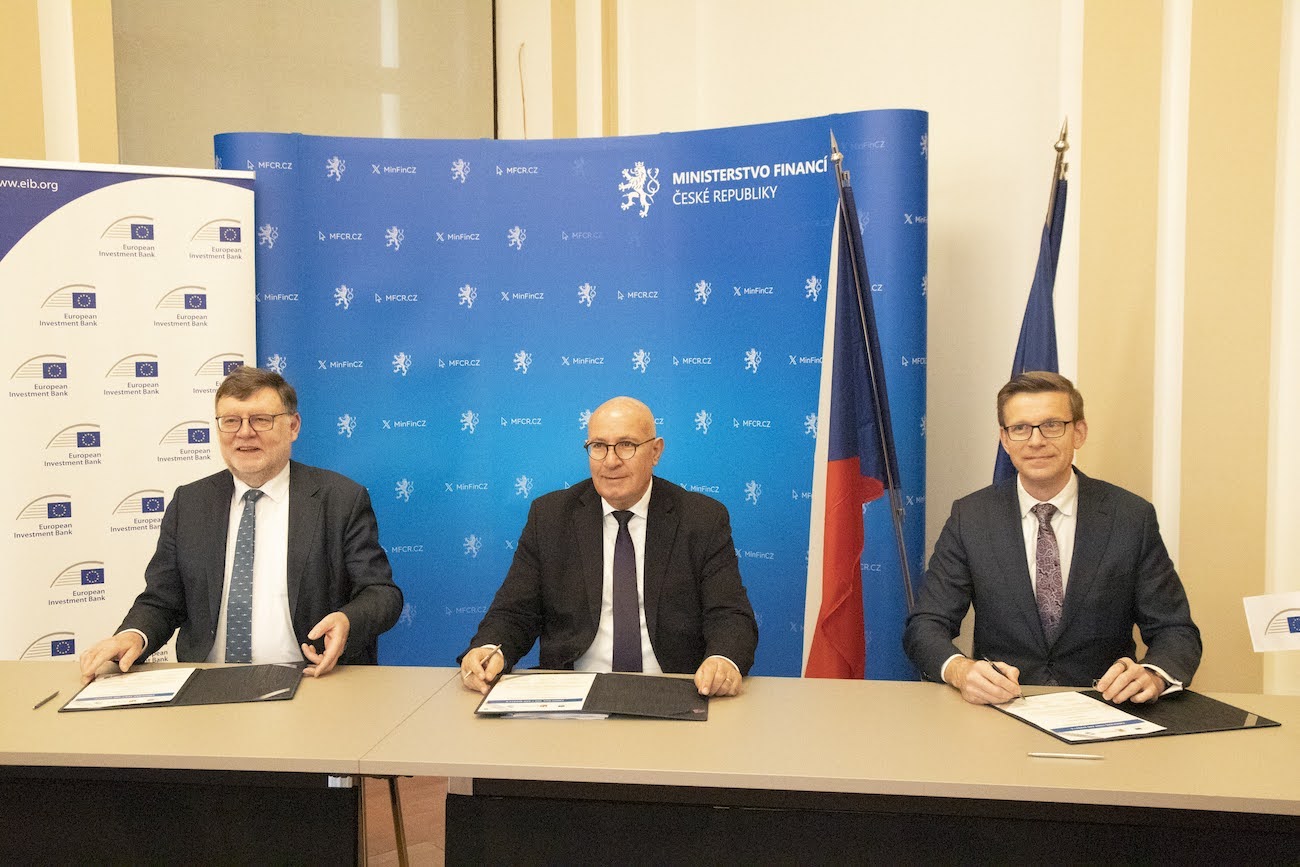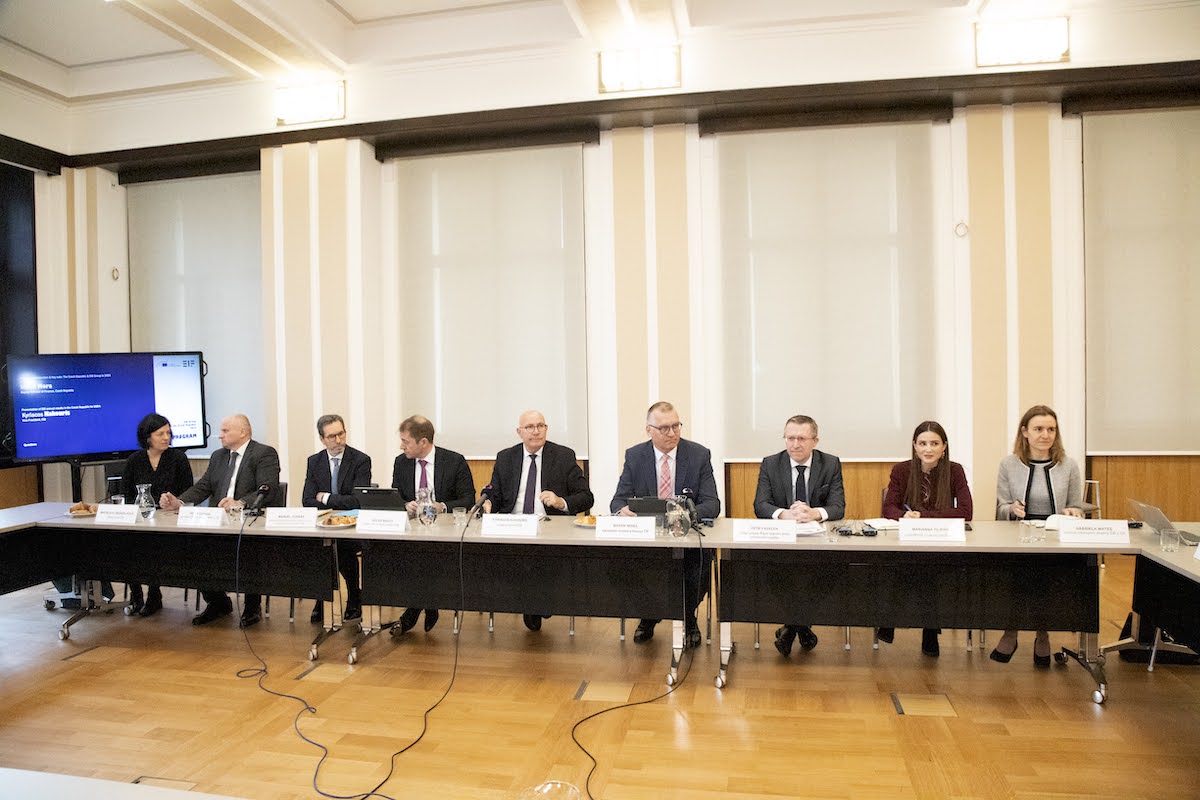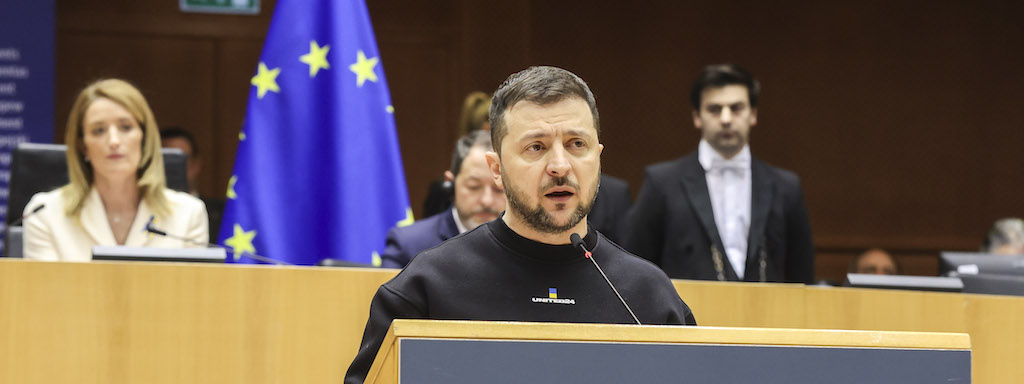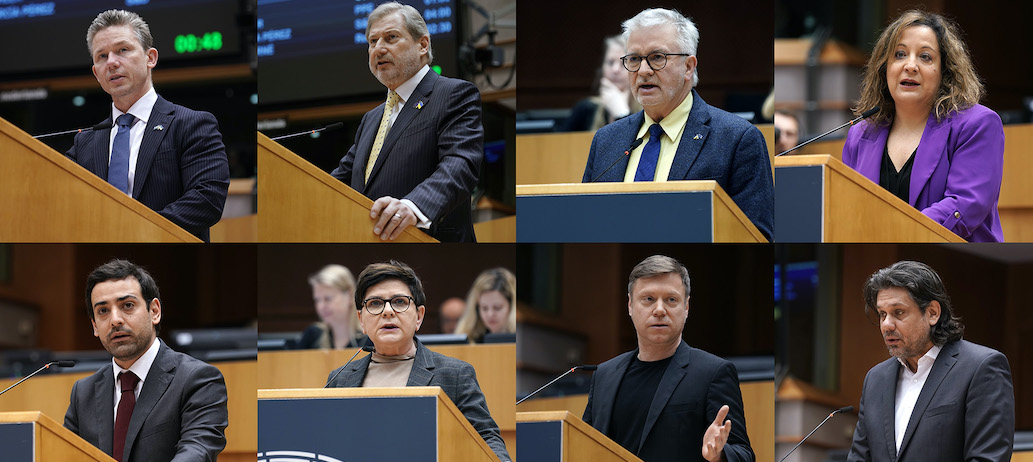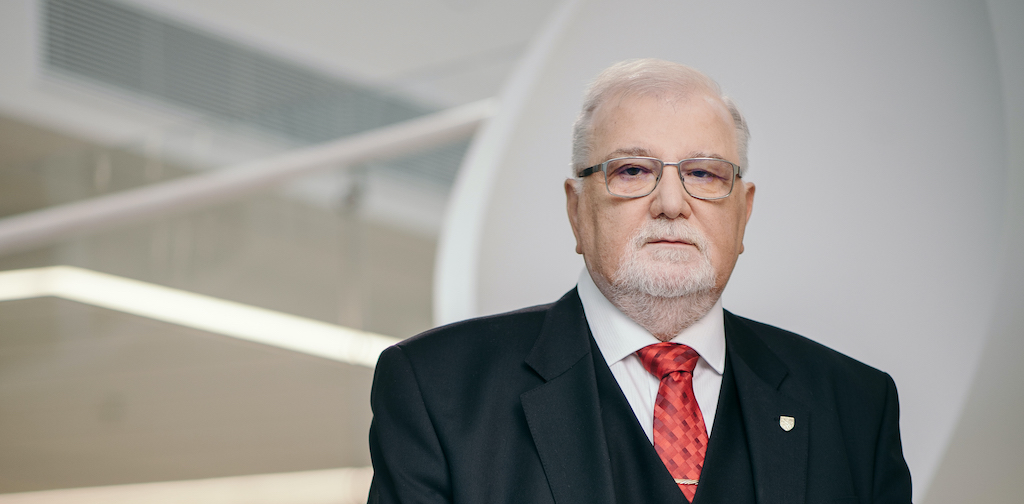
The package adopted on 14 July is ambitious, wide-ranging and impacts transport and its future from multiple angles. Against this backdrop we have included three proposals dedicated to work as the industrial backbone of the Fit for 55.
More recharging infrastructure, technology neutral carbon intensity reductions and boosting alternative fuels markets through demand side measures are the core pillars of our transport proposals.
With these three proposals we want to make sure that transport can maintain its growth without increasing emissions.
Besides our core proposals, transport is impacted by introducing a cap and trade system for road and maritime transport, strengthening the aviation ETS and proposing a phase out of combustion engines in 2035 these are just a few of the measures the Commission proposes in order to reach our climate objectives in 2030 and 2050.
What we now need are technological innovations and an uptake of investments to guarantee a rapid roll-out of low-emission vehicles and vessels, the availability of the necessary alternative fuels and the infrastructure to support them.
The three proposals I have made intend to create new, fast-growth markets for cutting-edge sustainable transport technologies and fuels. And they will contribute to an ever-stronger single transport market, by ensuring a robust level playing field for all market players.
Alternative Fuels Infrastructure Regulation:
On infrastructure, my proposal for an AFIR takes a market-based approach to ensuring we have the recharging and refuelling stations we need to both meet rising demand, and to encourage more individuals and businesses to make the switch to electric – or hydrogen fuel cell – vehicles.
We have built in flexibility on how the targets are reached, but nevertheless, have included very clear and binding fleet and distance-based targets. The distance-based target will allow anyone to circulate freely throughout the Union without range anxiety. While the fleet-based target will ensure the sufficient volume of infrastructure, leaving it to Member States and regions to decide on the locations. The physical rollout will be the visible indicator of our success, but usability is just as important. Drivers must never need to question the reliability or accessibility of our infrastructure.
Therefore, we have included provisions to ensure full interoperability and user friendliness, including common payment methods at all recharging and refueling points and full price transparency for users.
Requirements on data-sharing will also make sure that drivers always know where to find recharging and refueling stations.
The AFIR proposal was drafted with the revision of CO2 standards for cars and vans in mind.
However, the AFIR proposal goes further than road transport. We are also proposing mandatory targets for shore-side electricity supply at maritime and inland waterway ports, and for aircrafts on the ground.
AFIR itself is designed to stimulate private investments. To reach the targets Member States should also make full use of their recovery and resilience plans. Moreover, CEF II has contains a new alternative fuel infrastructure blending facility with an unprecedented upfront budget of
1.5 billion euros.
Fuel EU Maritime proposal:
The FuelEU Maritime introduces for the first time measures to decarbonise maritime transport by creating a demand for alternative and low-carbon fuels.
The proposal requires ship operators to reduce the greenhouse-gas intensity of the fuels used, and calls for the ships with the highest energy demand, namely container and passenger ships, to use onshore power
supply in ports, or other, alternative, zero-emission technologies, such as batteries or fuel cells.
When measuring the greenhouse-gas intensity of fuels, we propose to take a well-to-wake approach. This means that the whole life cycle of the fuels used by ships is considered, and comparison between the merits of different fuels will be fair.
Our approach is technology-neutral, because today, there is not one single fuel suited to serve all type of ships and trades. But the end goal is clear: it is reducing the emissions of a sector that is particularly difficult to decarbonise.
RefuelEU Aviation:
On aviation, our aim is to give a strong policy push to the production and uptake of sustainable aviation fuels. These fuels are those with the strongest potential to reduce CO2 emissions and air pollution from the sector in the short to medium term.
Currently, both demand and supply are much too low. Our ReFuelEU Aviation proposal will change this, by laying down an obligation on fuel suppliers to distribute SAF in increasing amounts over time; and an obligation on airlines to uplift SAF-blended aviation fuel prior to flights.
Importantly, the requirements are fully harmonised at EU level, and will apply to all airlines operating out of EU airports, without discrimination. This will ensure a level playing field and avoid any competitive disadvantage between airlines, or between EU airports.
At the same time, we ensure proportionality by exempting smaller airports, as well as outermost airports. This will help to keep logistics costs down, allowing fuel suppliers to focus on larger, more accessible airports. That is also the purpose of the transition period, from 2025 to 2030, during which not all airports will have to be covered.
Overall on the three transport files:
The targets we have set are both ambitious and credible:
- They will allow us to reach our emissions reduction target for the sector.
- They target the most innovative and sustainable types of alternative fuels depending on the needs of each mode. Quality over quantity.
- They account for realistic industrial developments in the EU when it comes to e-fuels and SAF production.
- And they reflect a manageable financial burden for the sector – also considering the other elements of the Fit for 55 package. We proposed to phase out of free allowances under the ETS, we also proposed to phase out of the kerosene tax exemption, while we also start the implementation of the Carbon Offsetting and Reduction Scheme for International Aviation (CORSIA). All this at a time when aviation for example is still emerging from its worst ever crisis.
INTERNATIONAL:
I mentioned CORSIA, which we will implement for extra-European flights. And, of course, this is important: We will not decrease global emissions if we act unilaterally. Global climate diplomacy needs to be part of our thinking. This is particularly true for aviation and maritime, given their inherently international dimension. We must continue to inspire and drive global efforts towards decarbonisation, in all fora, and in particular in the International Civil Aviation Organisation and the International Maritime Organisation. We are already doing so, through proposals to the IMO for
a fuel standard, and, next year, a proposal for a global market-based measure.
SOCIAL:
Finally, while reducing emissions is clearly a must, we would be setting ourselves up for failure if we ignored the people who work in the sectors affected, those who use the services we want to change, and all our citizens who fear any increase in the day-to-day cost of living.
The Social Climate Fund is designed to alleviate social impacts of the new emissions trading system for road transport and buildings, and in particular energy and transport poverty.




